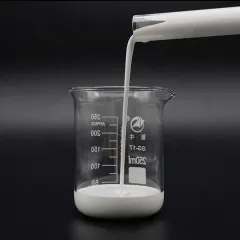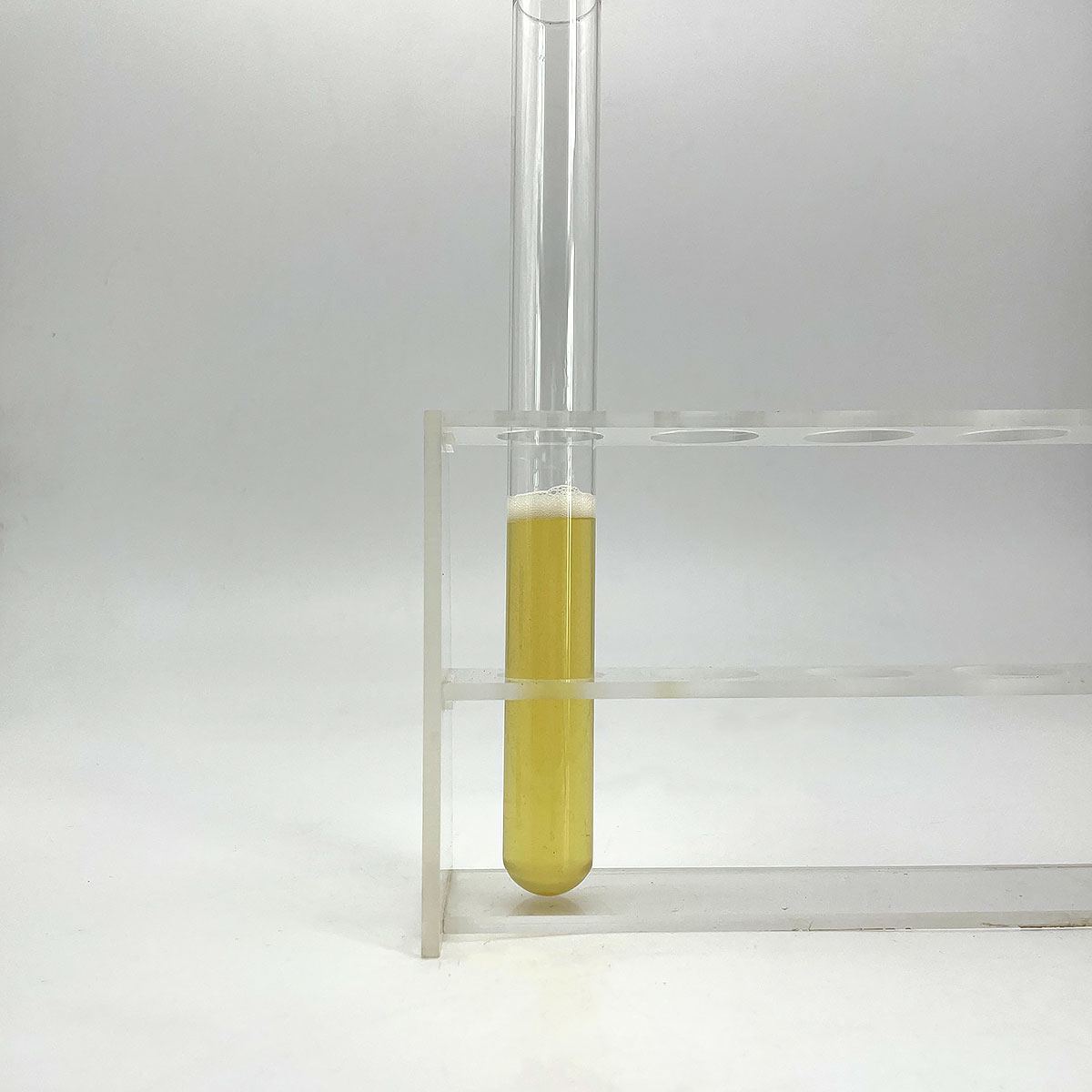The Unsung Heroes of Breathing: Meet the Cells Behind Your Every Breath
(Which Cells Produce Surfactant?)
Breathing feels simple. You inhale. You exhale. Repeat. But behind this basic act lies a hidden world of biological teamwork. One key player? A slippery substance called surfactant. Without it, every breath would feel like blowing up a balloon coated in glue. So which cells make this life-saving stuff? Let’s dive in.
First, picture your lungs. They’re not just empty sacks. They’re packed with millions of tiny air sacs called alveoli. These look like bunches of grapes under a microscope. Their job? Swap oxygen for carbon dioxide. But here’s the catch: alveoli love to collapse. Their walls are thin. Water molecules on their surfaces create tension, pulling them inward. Blow up a balloon, let it deflate, then try reinflating it. Hard, right? Now imagine doing that 20,000 times a day. That’s where surfactant steps in.
Meet the Type II alveolar cells. These unsung heroes live in the walls of alveoli. They’re round, chubby, and speckled with tiny droplets. Those droplets hold surfactant. Think of it as biological dish soap. Water molecules stick together less when soap is around. Surfactant does the same. It coats the inside of alveoli, slashing surface tension. This keeps the air sacs from sticking shut. No surfactant? Each breath becomes a battle.
Scientists figured this out in the 1950s. They studied premature babies. Many struggled to breathe, their lungs stiff and collapsed. Autopsies revealed glassy membranes in their alveoli—a sign of missing surfactant. The culprit? Underdeveloped Type II cells. These cells start making surfactant late in pregnancy. Babies born too early often lack enough. Today, doctors treat this by giving artificial surfactant. It’s a lifesaver.
But Type II cells aren’t just surfactant factories. They’re also repair crews. Alveoli take damage from dust, germs, or toxins. Type I cells—flat neighbors of Type II—handle gas exchange but can’t fix themselves. When they’re injured, Type II cells step up. They divide, replace damaged cells, and even help clean up debris. Imagine a maintenance worker who also moonlights as a construction crew.
Surfactant itself is a mix of fats and proteins. The fats—mostly phospholipids—form a slick layer. Proteins help spread this layer evenly. One protein, nicknamed SP-B, is so vital that mice without it die at birth. Human babies lacking SP-B face the same fate. This mix isn’t static either. Type II cells constantly make, store, and release surfactant. Old surfactant gets recycled or broken down by immune cells. It’s a nonstop cycle.
Why should you care? Beyond keeping lungs bouncy, surfactant affects illnesses. Asthma, COPD, even COVID-19 can disrupt its production. Researchers study synthetic surfactants for treating lung injuries. Some look to Type II cells for lung regeneration therapies. These humble cells might hold keys to future medical breakthroughs.
(Which Cells Produce Surfactant?)
Next time you take a breath, remember the tiny team working overtime. Type II alveolar cells don’t just make slippery stuff. They keep your lungs springy, patch up damage, and quietly ensure every inhale feels effortless. From premature nurseries to biology labs, their story reminds us: even the smallest cells can have the biggest impact.
Inquiry us
if you want to want to know more, please feel free to contact us. (nanotrun@yahoo.com)




